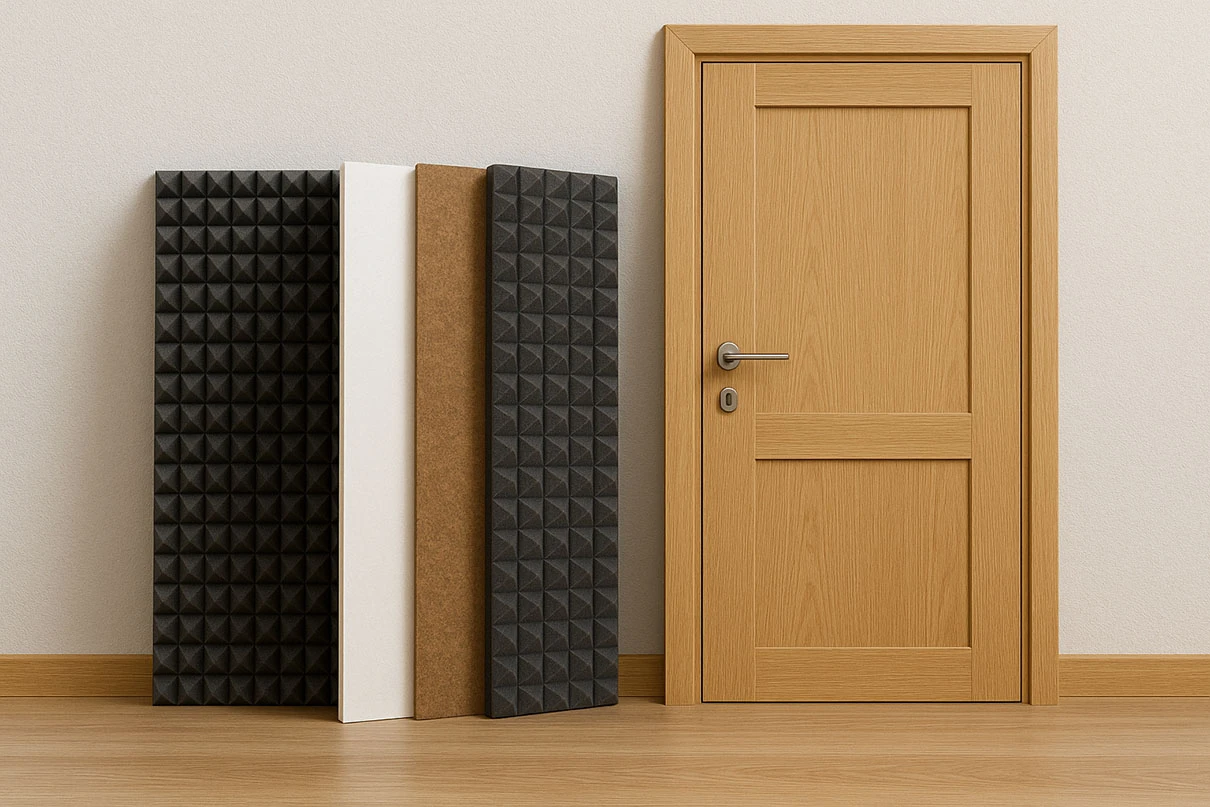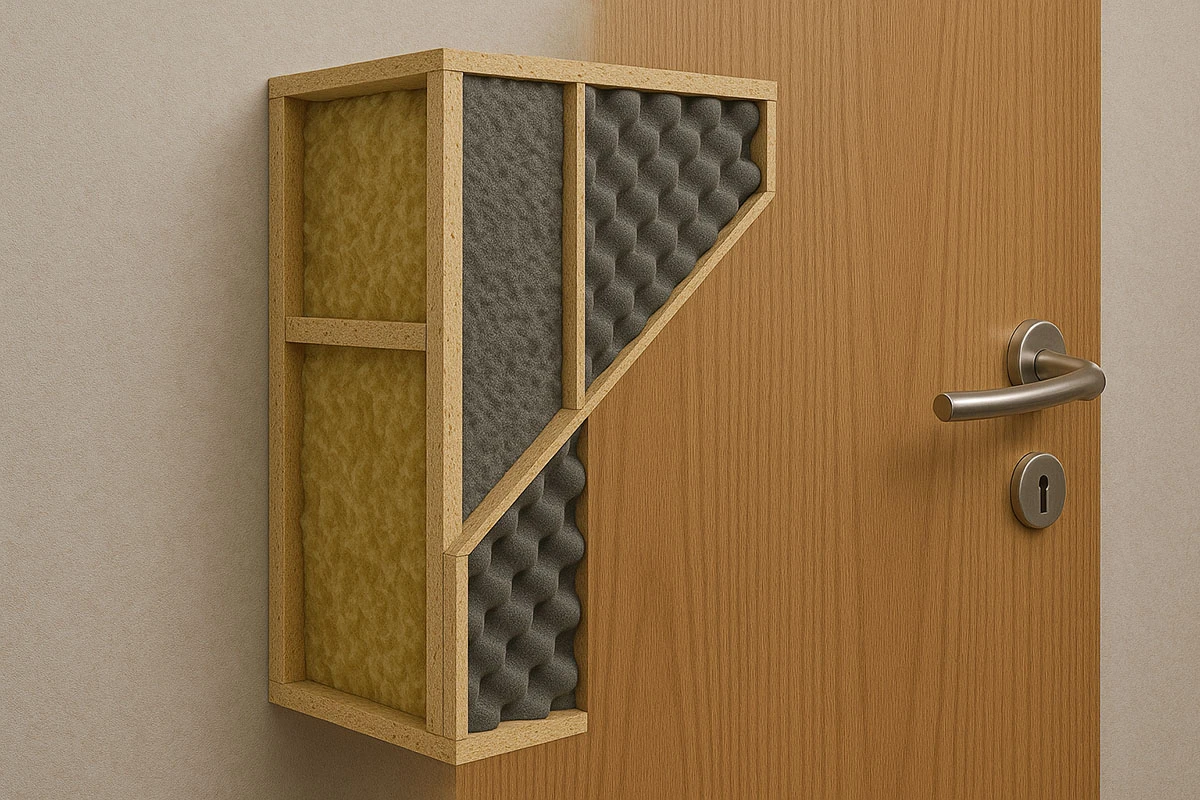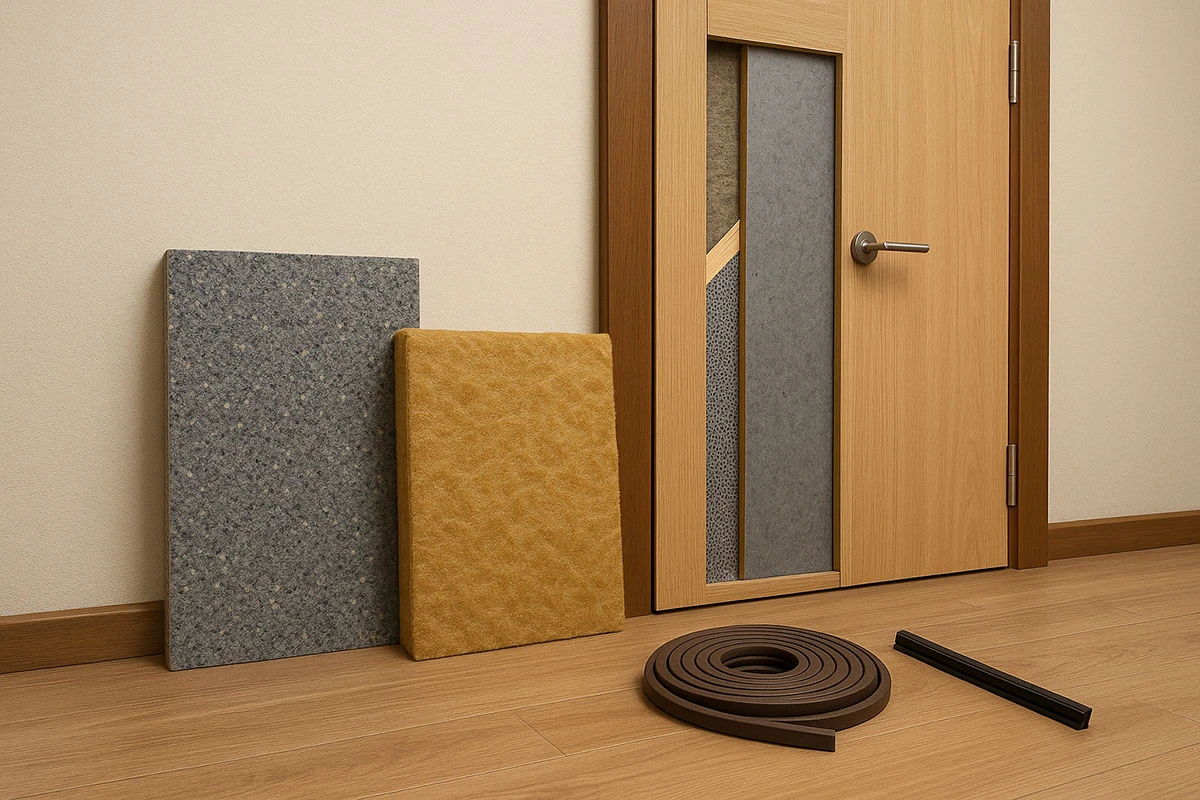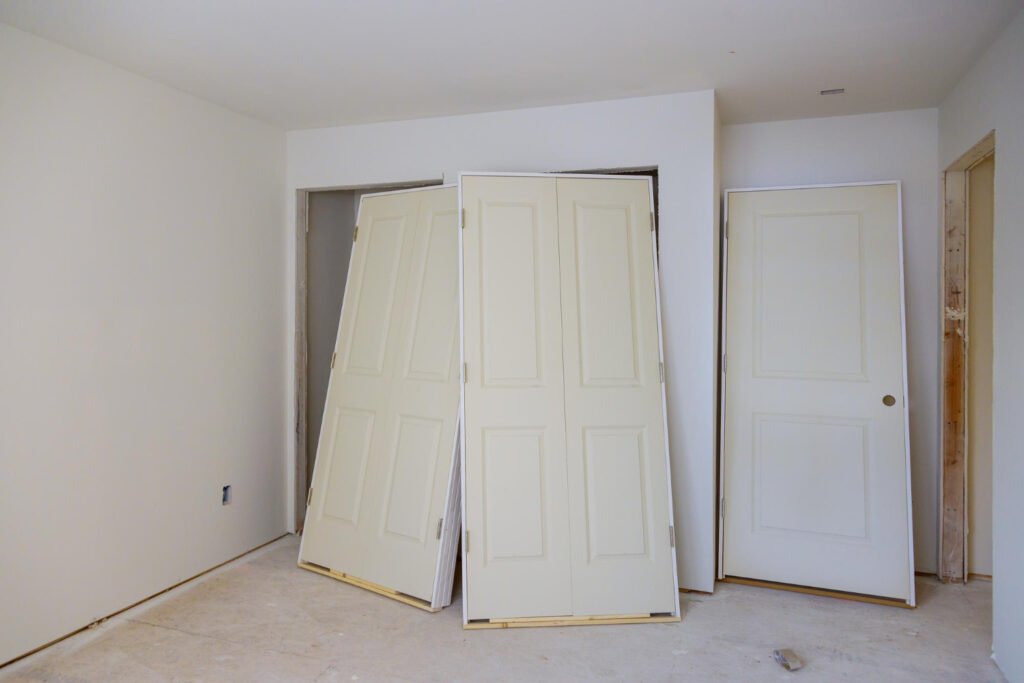Soundproofing interior doors is more than just a practical improvement—it is the subtle art of creating comfort and tranquility in your living space. Imagine returning home after a long day and closing the door behind you, only to step into a quiet sanctuary where the noise of the world fades away. That is the magic of proper soundproofing.
Beyond silence, it brings intimacy, focus, and a sense of peace that turns an ordinary room into a haven. If you’re considering stylish doors that already support modern sound insulation, explore https://indigodoors.com/georgia/.

Why soundproofing interior doors matters
Noise is often underestimated until it begins to disrupt daily routines. The laughter of children, conversations in the living room, or footsteps in the hallway can feel harmless at first, but over time constant exposure to noise creates stress, fatigue, and even irritability. A quiet environment allows your mind to rest and recover. That’s why soundproofing doors isn’t just about privacy—it’s about wellness. A person who sleeps better or works without distraction becomes more productive, happier, and calmer in their interactions with others.
In apartments, where space is shared by several people, insulated doors become invisible shields that separate lives. One can watch a late-night movie while another enjoys deep sleep. A student can prepare for exams in silence while the rest of the family prepares dinner. This division is not physical alone—it is emotional comfort that makes everyone feel more respected.
“Silence is not emptiness—it is comfort, intimacy, and peace of mind.”
A properly insulated door also helps to enhance the aesthetics of your interior. You can choose models that combine design and functionality, providing not only protection from sound but also a visual harmony in the home.
Main methods of soundproofing interior doors
There are many ways to achieve better acoustic comfort, and the choice often depends on your needs, budget, and technical skills. Some solutions can be implemented in minutes, while others may require professional assistance, but every step brings you closer to that desired silence.
Sealing gaps and cracks
Even the strongest door loses its effectiveness if air freely passes around it. Sound, like water, always seeks weak spots, and it slips through the tiniest cracks. By sealing these gaps, you are cutting off its path. Weatherstripping tape is easy to apply and instantly reduces noise. A door sweep blocks the open space under the door where sound often sneaks in. Acoustic sealants can also be used around the frame to prevent vibrations.
When all micro-gaps are sealed, the difference is immediate: conversations from the hallway become muffled, the rumble of appliances softens, and you feel like the room has wrapped itself in a protective blanket.

Upgrading the door material
The structure of the door itself determines how much sound it blocks. Hollow-core doors are lightweight and affordable but act more like drums, amplifying sound rather than stopping it. Replacing them with solid wood or composite models drastically changes the acoustic landscape. A solid door absorbs and reflects noise, turning it into a wall of silence.
Numbered benefits of solid doors:
- High efficiency in reducing sound transmission
- Durability and resistance to wear
- Premium aesthetic that enhances any interior
In addition, solid doors create a feeling of security. Their weight and texture give a sense of stability, which psychologically strengthens the perception of privacy and coziness.
Acoustic panels and soundproof blankets
If replacing the door isn’t possible, there are creative alternatives. Acoustic panels, which can be stylishly designed, serve both as decoration and as a noise-absorbing surface. They can be matched with the style of the room so that insulation doesn’t spoil but enhances the design.
Other solutions include soundproof blankets or textile-based coverings. They are flexible, removable, and ideal when you need a temporary fix. For example, they can be hung during a music session, a movie marathon, or study time, and removed later. This approach offers adaptability without major renovations.
Specialized soundproofing kits
For those who want a comprehensive solution, specialized kits offer everything in one package. They include seals, sweeps, and insulating materials designed to work together. This option is practical for homeowners who prefer ready-to-use solutions without having to mix different materials. With one installation, you gain professional-grade improvement and noticeable silence.
Such kits are often engineered with modern technology, meaning they not only reduce sound but also improve energy efficiency by preventing drafts. This creates a double benefit—quieter and warmer rooms.
When to consider professional soundproofing
Not all situations can be solved with DIY methods. Professional soundproofing is worth considering when noise becomes a real barrier to comfort or work. For example, in home studios, sound insulation is essential for recording quality. In offices, it ensures the confidentiality of conversations. In bedrooms, especially in apartments with thin walls, it helps create an oasis of rest away from household chaos.

“Investing in professional door soundproofing is like buying peace on demand—one close of a door, and the world outside disappears.”
Specialists can analyze the acoustic weaknesses of your space and apply techniques that are tailored to your specific problem. This guarantees maximum efficiency and saves you time on trial and error.
Extra tips for maximum effect
Soundproofing is most effective when combined with other interior improvements. Doors are a key point, but walls, floors, and ceilings also contribute to the overall acoustic environment. By layering solutions, you achieve near-complete quiet.
Useful combinations:
- Install heavy curtains or drapes to block echoes and outside noise
- Place thick rugs or carpets to absorb footsteps and vibrations
- Inspect windows for leaks where noise can enter
- Use furniture placement strategically to dampen sound
These additional measures help create a holistic system where silence becomes a natural part of the home.
Creating a quiet atmosphere through soundproofing interior doors is a way of enhancing daily life. It turns rooms into personal retreats, allowing family members to enjoy their own space without disturbing one another. From sealing tiny gaps to installing elegant solid doors, every improvement adds value, comfort, and harmony to the home.



